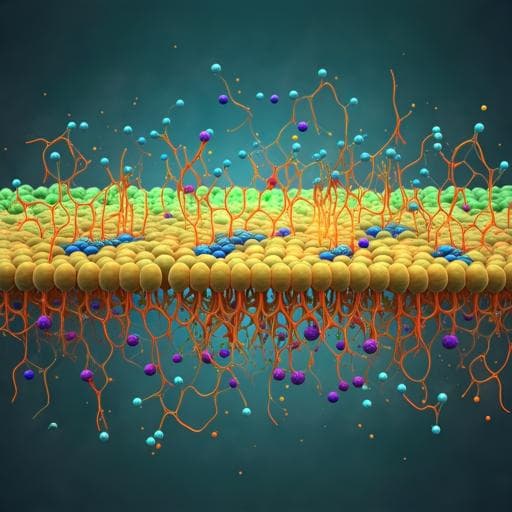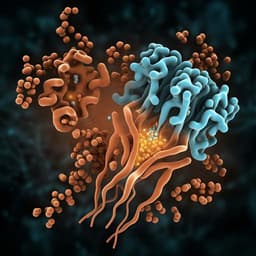
Medicine and Health
Associations of plasma phospholipid cis-vaccenic acid with insulin resistance markers in non-diabetic men with hyperlipidemia
J. Macášek, B. Staňková, et al.
This fascinating study sheds light on the link between plasma phospholipid cis-vaccenic acid and insulin resistance in hyperlipidemic men. The authors, including Jaroslav Macášek and Barbora Staňková, reveal intriguing findings that show how higher levels of cis-vaccenic acid may be associated with better insulin sensitivity. Discover the details that could reshape our understanding of metabolic health!
~3 min • Beginner • English
Related Publications
Explore these studies to deepen your understanding of the subject.







